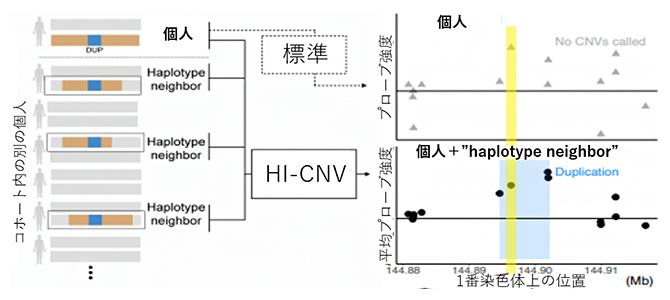2022-11-01 ノースカロライナ州立大学(NCState)
研究者達は、遺伝学と老化の研究で最も重要なモデル種の1つである、線虫と呼ばれる回虫の種に焦点を当てました。特に、老化に関係することがよく知られている細胞内のタンパク質凝集に注目した。
まず研究チームは、数千匹の線虫を、ランダムな遺伝子変異を誘発する化学物質に曝露する。次に研究チームは、自律的なハイスループット・システムを用いて、細胞内でタンパク質の凝集が高い線虫を、生殖に十分な若さを保ったまま、傷つけることなく特定する。タンパク質の凝集レベルが高く、寿命が短いと予想される回虫は、自動マイクロ流体システムを用いて他の回虫と分離し、その寿命を観察する。
回虫が死ぬと、研究者はそれぞれの回虫についてタンパク質凝集と寿命のデータを確立した。タンパク質の凝集が最も高く、寿命が最も短い回虫は、その突然変異が老化に影響している可能性が高いため、優先的に研究することができる。そして、これらの回虫のDNAの塩基配列を調べることができる。
研究者らは、概念実証試験として、タンパク質の凝集レベルが最も高いサンプル中の回虫のゲノム配列決定を行った。その結果、これまで老化との関連が指摘されていなかった遺伝子に変異があることが判明した。
<関連情報>
- https://news.ncsu.edu/2022/11/id-genes-related-to-aging/
- https://www.sciencedirect.com/science/article/pii/S2589004222017321?via%3Dihub
早発性タンパク質凝集のスクリーニングによる線虫寿命変異体の同定 Identifying C. elegans Lifespan Mutants by Screening for Early-Onset Protein Aggregation
Daniel F.Midkiff,Javier Huayta,James D.Lichty,Joseph P.Crapster,Adriana San-Miguel
iScience Available online :28 October 2022
DOI:https://doi.org/10.1016/j.isci.2022.105460

Highlights
- •Protein aggregation is used as a marker to identify short-lived C. elegans mutants
- •Image processing enables quantitative analysis of protein aggregation
- •Microfluidic systems are used to isolate animals late in reproduction
Summary:
Genetic screens are widely used to identify genes that control specific biological functions. In C. elegans, forward genetic screens rely on the isolation of reproductively active mutants that can self-propagate clonal populations. Screens that target post-reproductive phenotypes, such as lifespan, are thus challenging. We combine microfluidic technologies and image processing to perform high-throughput automated screening for short-lived mutants using protein aggregation as a marker for aging. We take advantage of microfluidics for maintaining a reproductively-active adult mutagenized population and for performing serial high-throughput analysis and sorting of animals with increased protein aggregation, using fluorescently-labeled PAB-1 as a readout. We demonstrate that lifespan mutants can be identified by screening for accelerated protein aggregation through quantitative analysis of fluorescently-labeled aggregates while avoiding conditional sterilization or manual separation of parental and progeny populations. We also show that aged wildtypes and premature aggregation mutants differ in aggregate morphology, suggesting aggregate growth is time-dependent.

